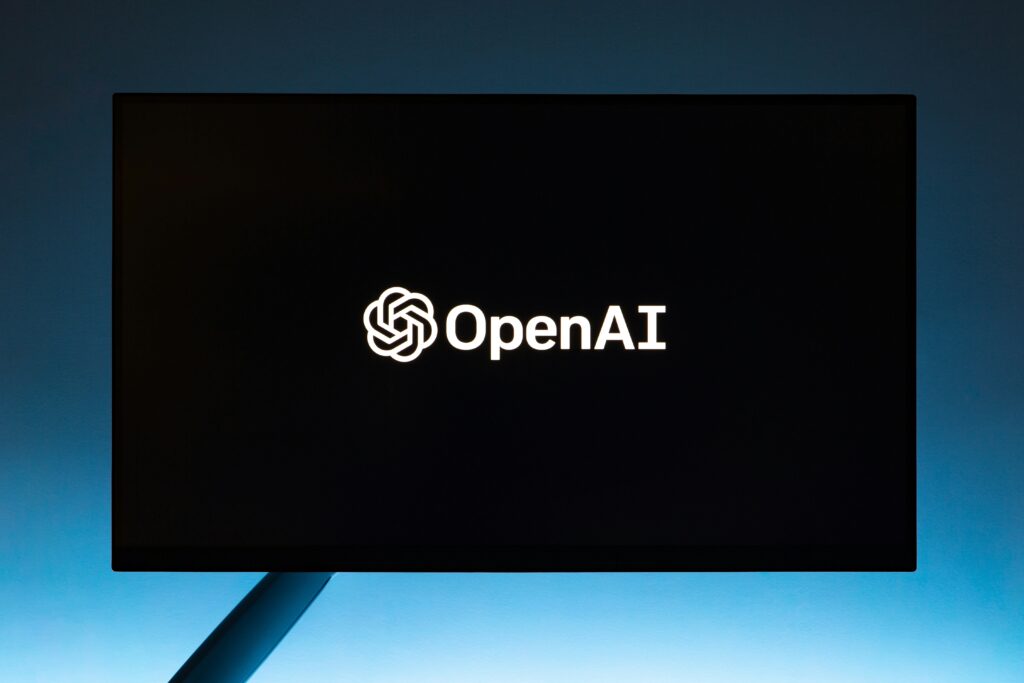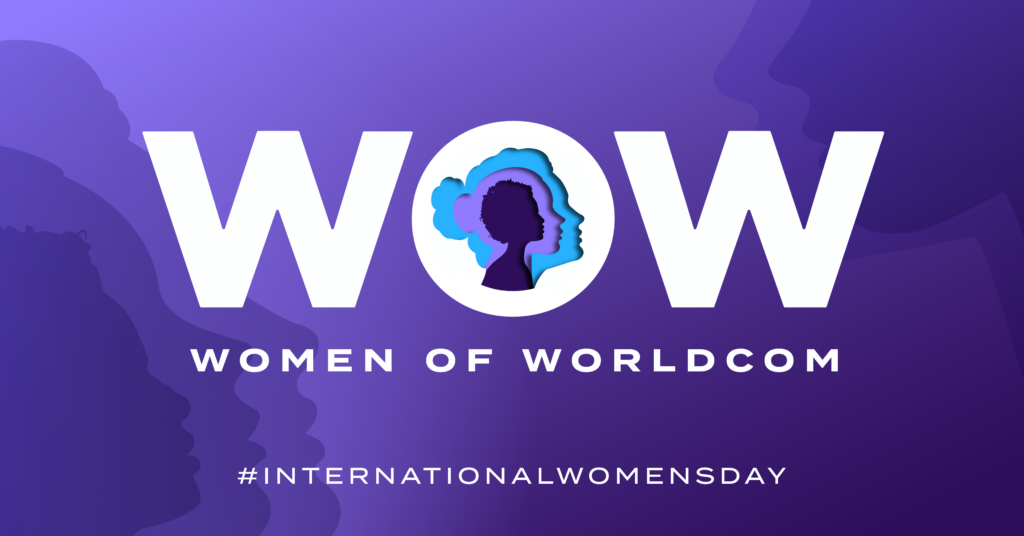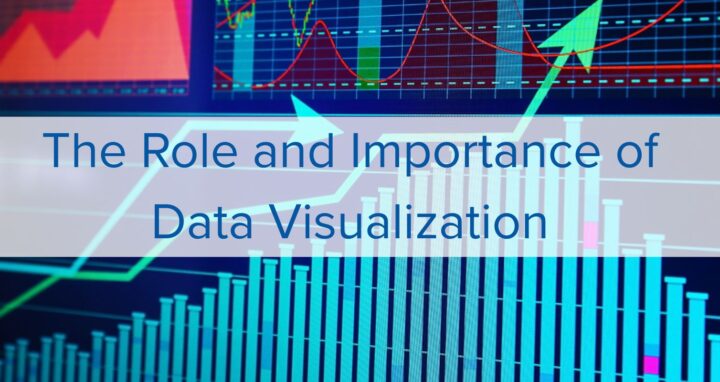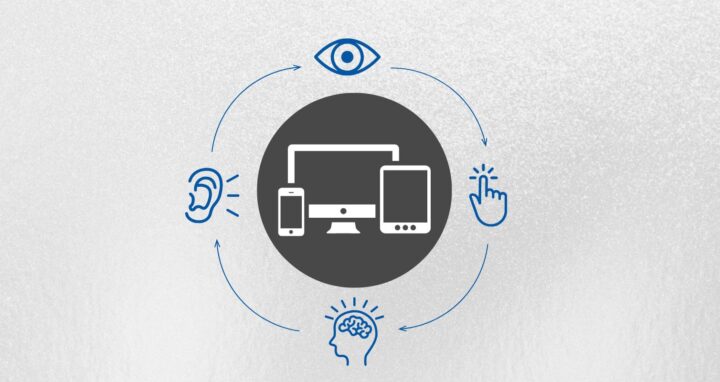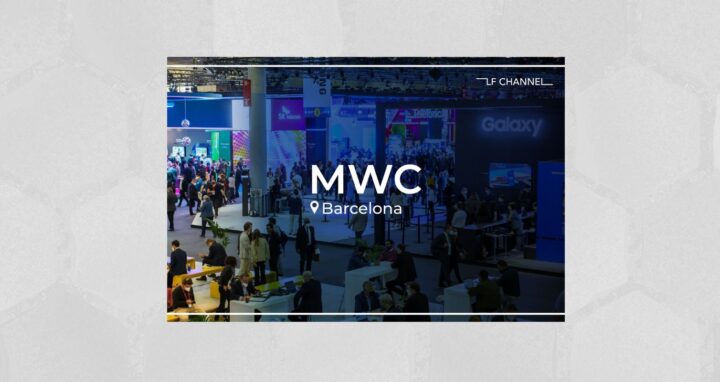Artificial intelligence is an issue that is not only developing fast but is now the topic with the fourth highest level of engagement by the global C suite according to the Worldcom Confidence Index. As such it is no longer in the realm of technology but a mainstream issue that is being considered by every part of the C suite and demands to be part of any communications and business strategy.
In this third post in our five-post series, the Women of Worldcom Public Relations Group look at how to plan for the impact of AI on almost everything.
Leverage AI to increase our productivity – but keep the humanity that brings meaning to our work
By Victoria Bareille, Partner, Maarc, Paris, France
Artificial Intelligence is gradually taking root in all sectors of our industry and will soon be part of the everyday life of any communication specialist. Feared by some and fully embraced by others, its use is still the subject of many debates, and its use will undoubtedly need to be regulated. Training and educating both employees and clients will be the key to harnessing the full potential of this technology, identifying its pitfalls (circulation of false information, misappropriation of images, security of our clients’ privacy, etc.) and adopting an ethical approach to its use. Prior to using it in our professional lives, we thus need to have identified the costs and benefits, ensuring we leverage AI to increase our productivity – but keeping the humanity that brings meaning to our work.
Address concerns and misconceptions and encourage feedback
By Jenn Lewis, Vice President, The Pollack Group, Los Angeles, USA
Communicating a strategy for AI and its impact on people requires careful planning and clear, empathetic messaging. First, start with a clear vision. Leaders need to define the AI strategy’s goals and objectives to improve efficiency, drive innovation, and enhance the employee experience. Businesses also need to communicate the purpose of integrating AI into the organization’s processes and workflows, emphasizing how AI can augment human capabilities rather than replace them. A few additional ways to communicate a strategy entail addressing concerns and misconceptions, encouraging feedback, and, of course, leading by example.
Leverage AI’s strengths to spark creativity and innovation
By Ashley Perkins, Vice President, Creative Services, Sachs Media, Florida, USA
If they use it properly, communications professionals can harness the power of AI to enhance campaign efficiency and performance. The most important thing to remember when incorporating AI is that it should be treated as your co-pilot – not your replacement. AI can be a helpful tool to “get the creative wheels turning” on everything from campaign taglines to social media captions to logo ideation, enabling us to develop deliverables faster than ever before. But one thing is clear: It is not a be-all, end-all solution.
We should leverage AI’s strengths to spark creativity and innovation in our work, then weave in our own strengths and talents to add that necessary “human touch” to get it across the finish line – resulting in high-impact work that delivers results. It’s only when people allow AI to take the place of genuine originality that it becomes a concern.
AI is constantly evolving, and as a result, so is our industry. As communications professionals, it’s our job to stay at the forefront of AI technology trends to improve the way we work – and understand its ever-changing strengths and limitations.
Seek out employee feedback along your AI journey
By Lisa Wolleon, Executive Vice President, Coyne PR, New Jersey, USA
Employees want to feel like they’re contributing to a greater purpose so it’s important to communicate a clear and compelling vision for how AI integrates into a company’s future. Seek out their feedback along your AI journey so they continue to feel a part of the process and understand their value. Employees should feel empowered to explore how AI can be leveraged in their work to create efficiencies, value, and improve processes and share those with the larger organization. Again, it all comes back to feeling purposeful.
AI is as just another tool to help promote a culture of lifelong learning
By Jennifer Kamienski, Executive Vice President, Coyne PR, New Jersey, USA
Throughout my career, I have seen a tremendous amount of change in the industry; especially, when it comes to technology. Each step of the way, there have been those who have doubted and those who have adapted. I see AI as just another tool to help promote a culture of lifelong learning. At Coyne, we believe AI provides an incredible opportunity for career growth. Those who look at AI as a partner to help create efficiencies, enhance the creative process, aid in problem solving and support in analytical assessments will stand out as having an entrepreneurial spirit. If you can provide a skill that others do not possess, you become invaluable to your organization. Shifting from fear to changing the narrative to one of empowerment allows colleagues to seize the moment to achieve more for the client, agency and themselves.
Train employees to recognize that something AI generated is never the finished product
By Cathy Clarkin, Chief Financial Officer, Coyne PR, New Jersey, USA
AI is a tool, not the replacement of a human. AI is here to stay, so it is essential that we learn as much as we can about it and how to use it properly. We need to teach our employees not to fear but to embrace it. Companies need to train that something AI generated is never the finished product. The human touch is always required, which our clients want to ensure. Once again, training is the key.
Use AI to free communications experts to add strategic value
By Clara Heffernan, Chief People Officer, Coyne PR, New Jersey, USA
Communicating a strategy for AI in the public relations (PR) industry involves articulating how artificial intelligence can enhance PR practices, manage challenges, and align with the organization’s overall goals and objectives.
First and foremost, the benefits of AI in the PR industry are significant, and these must be communicated clearly. They include but are not limited to:
- Freeing time for more strategic thinking and planning.
- Enhanced insights into media trends, sentiment analysis, targeted audiences, etc.
- Enable more targeted communication strategies, improving stakeholder engagement.
- Efficiency in producing work products, allowing for more productivity.
Second, show how these benefits tie with the long-term goals and objectives of the agency.
Third, create a Use Policy that guides the agency on how to use AI ethically and transparently.
Fourth, provide training to the whole organization on how to use the tools to make their work better and stronger with the Use Policy.
Lastly, make this an iterative process where the tools, training, and Use Policy are regularly being upgraded and improved upon to meet the organization’s goals and objectives.
Talk about how you plan to measure and evaluate AI tools as a team
By Danielle Ruckert, VP, Healthcare, RH Strategic, Seattle, USA
Building a strategy for communicating AI should start the same way as any other strategic plan. Agency leaders should ask themselves, “What business objectives do I aim to achieve using AI?” and go from there. While our industry at large is still learning how to use AI tools, they should be considered just that – a tool for driving results. Start to communicate your strategy by explaining your goal, getting your team bought in to the objectives, and ensure they all understand the steps required to get the job done. Talk about how you plan to measure and evaluate AI tools as a team. From there, make sure your staff receives proper training, encouragement, and the opportunity to ask questions while testing out AI tools. Make sure to bring everything back to the “why” – which should be rooted in your agency’s values – to help drive buy-in. Whether your team is just starting out using AI tools to copy edit, or is well-versed in how to leverage the tools to create larger scale efficiencies, agencies should remain confident in their underlying understanding of how to drive business results with communications campaigns.
Use human communication professionals to build relationships, provide personalised support, and convey empathy
By Nora Lawton, Director & Head of Client Services, Springboard Communications, Cork Ireland
Research from Deloitte late last year found over three in five believed that Generative AI will reduce the number of jobs available in the future and almost half of respondents said they are concerned that Generative AI will replace some of their role in the workforce in the future.
Certainly, AI’s speed and automation streamlines communication processes, reducing the time required for tasks like email drafting and newsletter creation. However, this efficiency comes at the expense of human empathy and understanding, crucial elements valued in communication.
Automated content comes with the risk of lacking the emotional resonance and personal touch that humans naturally bring to interactions. While AI can generate initial drafts, quality control remains essential to ensure content resonates emotionally, flows naturally, and avoids any potential copywriting pitfalls. Human communication professionals possess the nuanced understanding necessary to build relationships, provide personalised support, and convey empathy — a trait inherently challenging for AI to replicate. Thus, a balanced approach leveraging AI’s efficiency while preserving the human touch is imperative for effective communication strategies in the digital age.
Human oversight remains indispensable for ensuring data integrity, safeguarding trust, and upholding security standards
By Sandy Boundy, Director of Strategy & Insight, Springboard Communications, Cork, Ireland
AI’s analytical prowess offers a powerful ally in crafting communication strategies by delving into data, patterns, and feedback. This enables informed decision-making and identifies areas for improvement, streamlining report generation and enhancing overall efficiency. Platforms like Cision, Meltwater, and Buzzsumo empower teams to sift through vast data sets, from media landscape analysis to sentiment monitoring, revolutionising processes across various business applications.
However, the effectiveness of AI-driven analysis hinges on the quality and integrity of the data it processes. While AI excels at processing large volumes of information with precision and accuracy, it lacks the human capacity for discernment. Handling sensitive data and ensuring compliance with data protection regulations demand a human touch — a nuanced understanding of context and ethical considerations that AI cannot replicate.
Therefore, while AI analytics offer invaluable insights, human oversight remains indispensable for ensuring data integrity, safeguarding trust, and upholding security standards. By striking a balance between AI-driven efficiency and human judgment, organisations can harness the full potential of data analytics while mitigating risks and preserving trust.
Reframing our mindset about AI can open doors to increased productivity, streamlined operations, and creative problem-solving
By Sarah Tuggle, Senior Account Executive, Airfoil Group, Michigan, USA
AI as a concept can be intimidating as we seek to explore its potential and discover new applications in our industry. Reframing our mindset on the topic can open doors to increased productivity, streamlined operations, and creative problem-solving. We view AI as a valuable tool in our arsenal, and we look at it as an extension of our team and resources. Automating certain tasks, leveraging AI platforms for market research and insights, and generating new perspectives that might not have been previously considered allows our team to focus on nurturing client relationships, strategic planning, and thoughtful execution. There are seemingly countless training courses and webinars available to help navigate the complexities of introducing AI into your organization, and we encourage our entire team to seek out and participate in these opportunities. AI is here to stay, so it’s important that we identify how to best integrate the tool into our daily practices.
AI is about to become as mainstream as pickup trucks, light beer and cell phones
By Agnes Stevens, Vice President, RLF Communications, North Carolina, USA
This year’s Super Bowl featured more than one commercial for AI with a peek at its marvels. If that advertising investment is any indication, AI apparently is about to become as mainstream as pickup trucks, light beer and cell phones. I don’t think a lot about trucks, beer or phones. At least, I don’t WORRY about these things. But I do worry about how AI can be a tool to trick me – and others – into believing my eyes and ears have witnessed something, when I am totally wrong about that. I take the quizzes: “ID which picture is a real photo and which is AI.” They are fun. But I fail these little tests every time I try my hand, since I honestly cannot tell which photo is an authentic image of a middle-aged man and which is a composite of pixels arranged by a ‘bot. In the early ‘80s cassette tapes and realistic recordings were the technology du jour. The brand’s question: “Is it live – or is it Memorex?” was fundamentally the same query as AI poses today. Do you believe your senses? Do you trust yourself? Should you?
Showcase what ‘machines’ are incapable of — like strategic insight, creativity, humour, empathy, linguistic finesse, and the ability to cultivate authentic relationships
By Nora Lawton, Director & Head of Client Services, Springboard Communications, Cork, Ireland
There is certainly growing concerns surrounding the widespread adoption of AI within our industry, particularly around its implications for human employment and the standard of work produced. In the realm of communications, there’s a palpable fear that AI tools could usurp human copywriters and editors, potentially resulting in job displacement and a decline in the calibre of PR content.
Now more than ever, communications professionals must emphasise their distinct value to clients by showcasing what ‘machines’ are incapable of — like strategic insight, creativity, humour, empathy, linguistic finesse, and the ability to cultivate authentic relationships.
The growth of AI is a chance to up your game
By Price Adams, Executive Vice President and Partner, Nuffer, Smith, Tucker, San Diego, USA
As a team, we’ve put an incredible amount of time and intention toward building a culture that fuels our people personally and professionally. We know that a positive culture is something we all contribute to, and we’re strategically focused on ensuring our folks are not just happy but thriving, learning, teaching each other, and ready to dive into exciting new stuff like AI. We see the growth of AI as a chance to up our game, make things smoother, and give even better support to our clients.
Can we help?
If you would like help from any of the experts featured in this post, please contact them via individual agency pages or via their LinkedIn profiles. For any of our other experts please contact Todd Lynch or visit our offices page.
You can also find more information on Public Relations and Generative AI: a New Era that rounds up AI thought leadership from our partners around the world.

